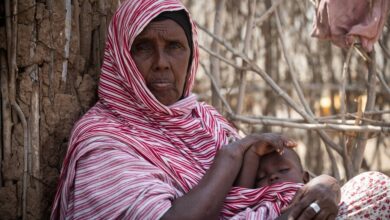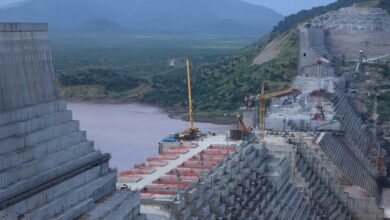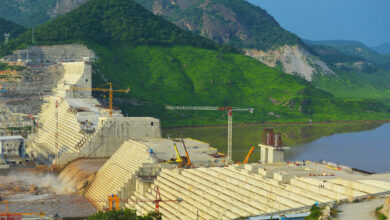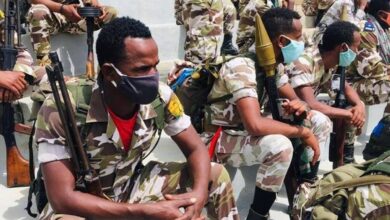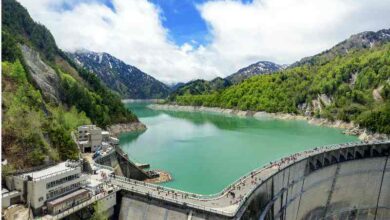Ethiopia
Ethiopians Protest In War-Torn Tigray To Demand Withdrawal Of Outside Forces
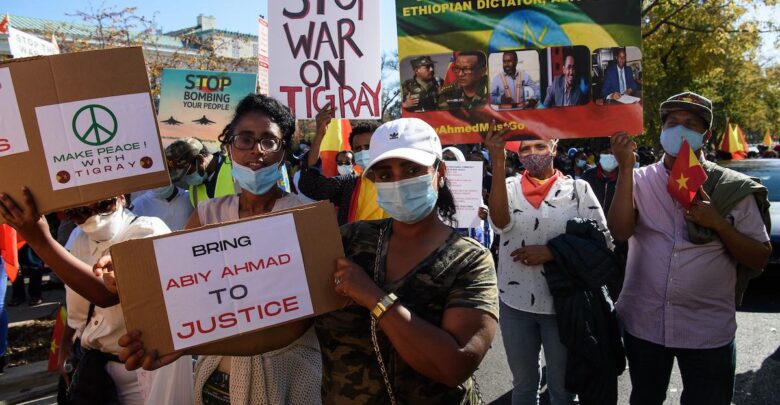
Ethiopians came out on the streets in large numbers in the war-torn Tigray region on Tuesday to demand the withdrawal of outside forces and the return of people displaced by the two-year-long war, reported Aljazeera.
The war between federal Ethiopian troops and their allies from Eritrea and the Amhara region and the forces loyal to Tigray People’s Liberation Front (TPLF) began in November 2020 after Prime Minister Abiy Ahmed had sent troops to topple the Tigrayan forces, a move in response to attacks on federal army camps.
The war concluded last November with a truce after killing tens of thousands of people. During the war, millions of Ethiopians were forced to flee from their homes, including hundreds of thousands from land disputed by Tigray and Amhara, whose security forces and military groups continue to occupy the area.
According to humanitarian workers, Eritrean troops also remain inside Ethiopian territory in several border towns.
On Tuesday, demonstrators peacefully rallied in several major cities, including the regional capital Mekelle, Adigrat, and Shire. They were seen holding signs with slogans like “Invaders must leave our homeland”.
Notably, both the Ethiopian sides have acknowledged progress in implementing key provisions agreed as part of the peace deal. Tigray forces have begun disarming, an interim government has been set up and many basic services have been restored.
But Tigrayan authorities have complained about the continuing presence of the outside military forces.
Last week, Getachew Reda, who leads the interim government in Tigray, said Eritrean forces had recently prevented a team monitoring implementation of the peace deal from performing their work.
It is estimated that about 90 percent of six million Ethiopians living in Tigray, who were largely cut off from the outside world during the conflict, depend on humanitarian aid.
In April, the UN humanitarian agency OCHA said the northern Tigray region is now more accessible, but aid has yet to reach the level required.


